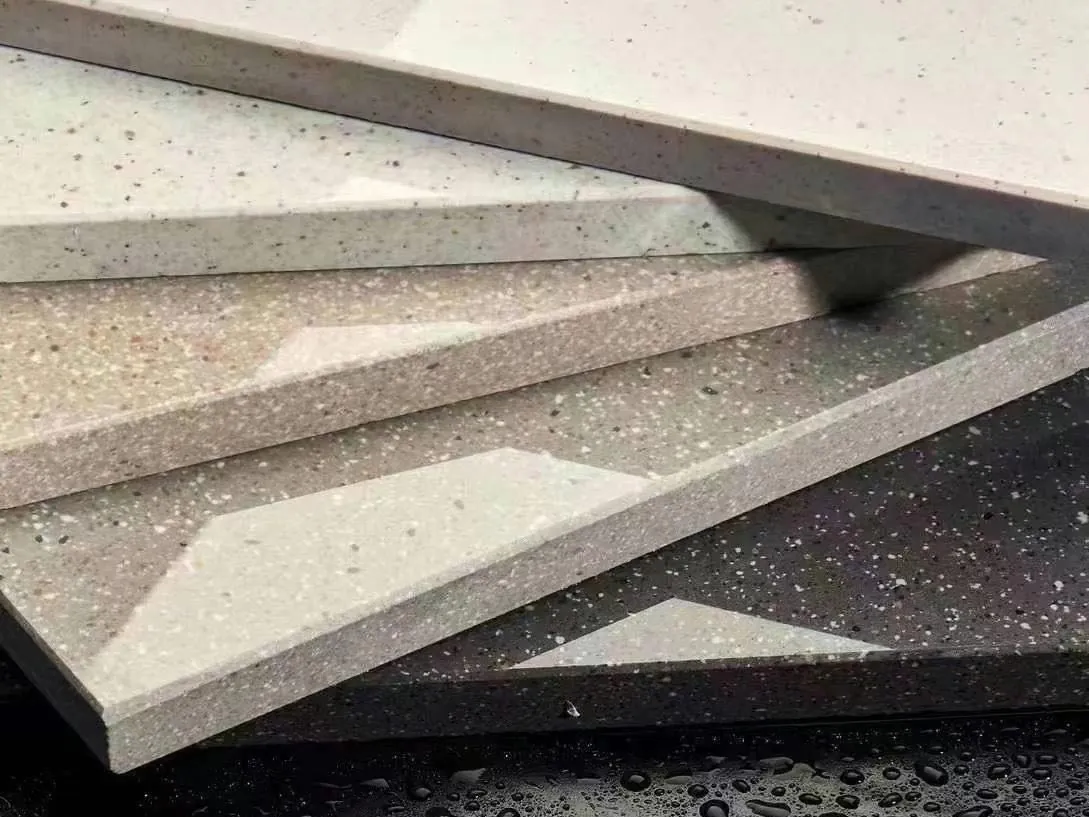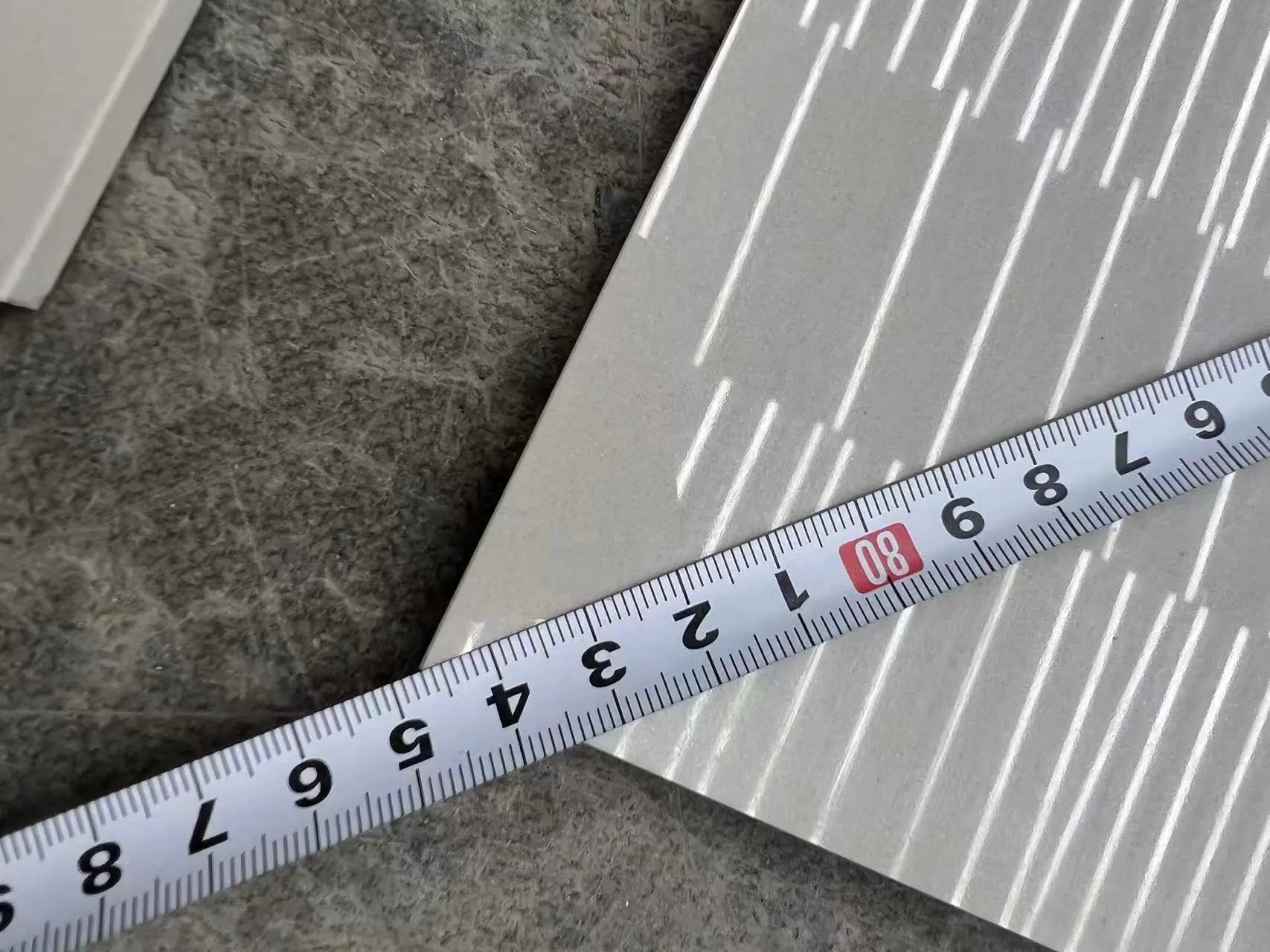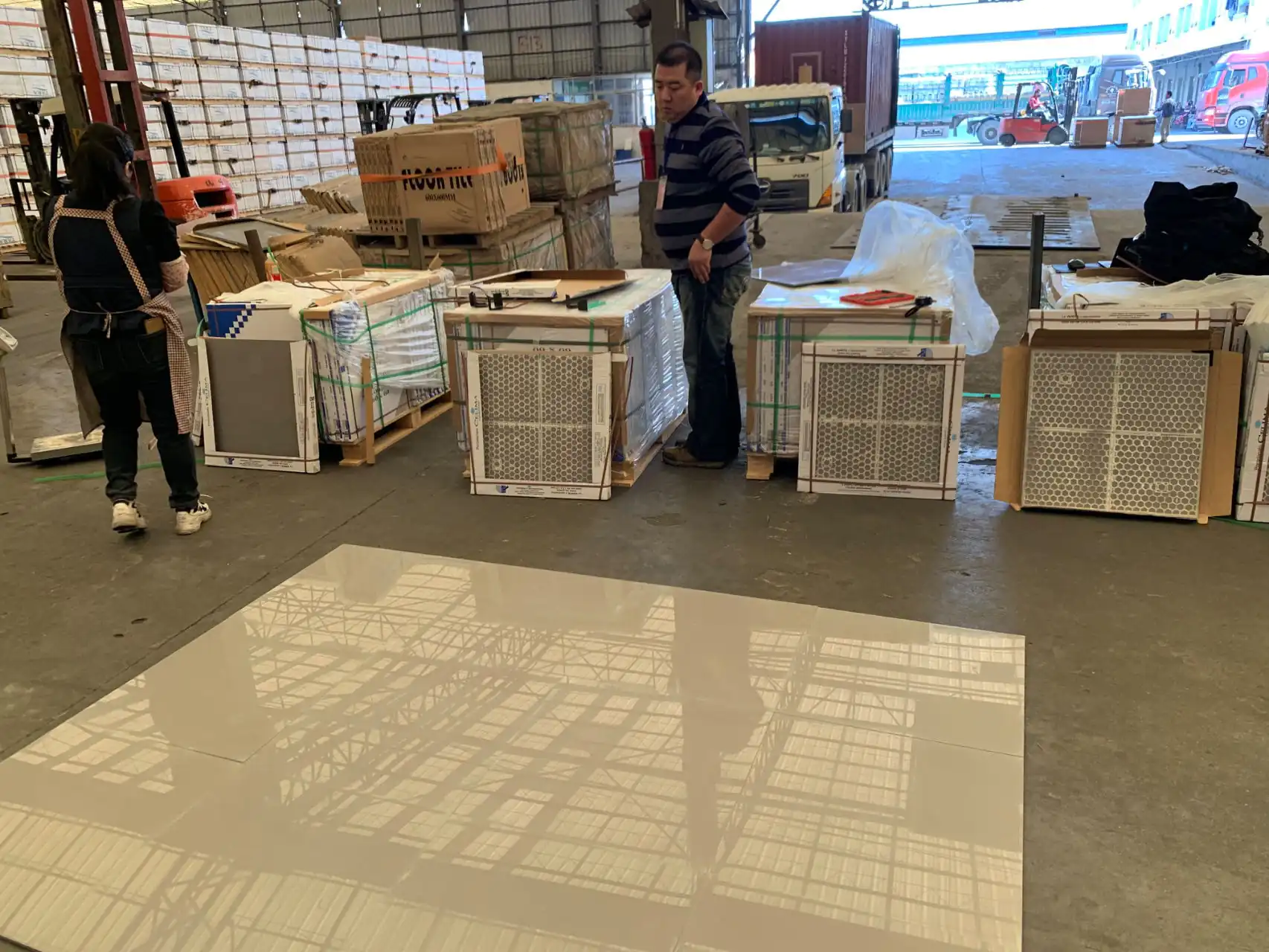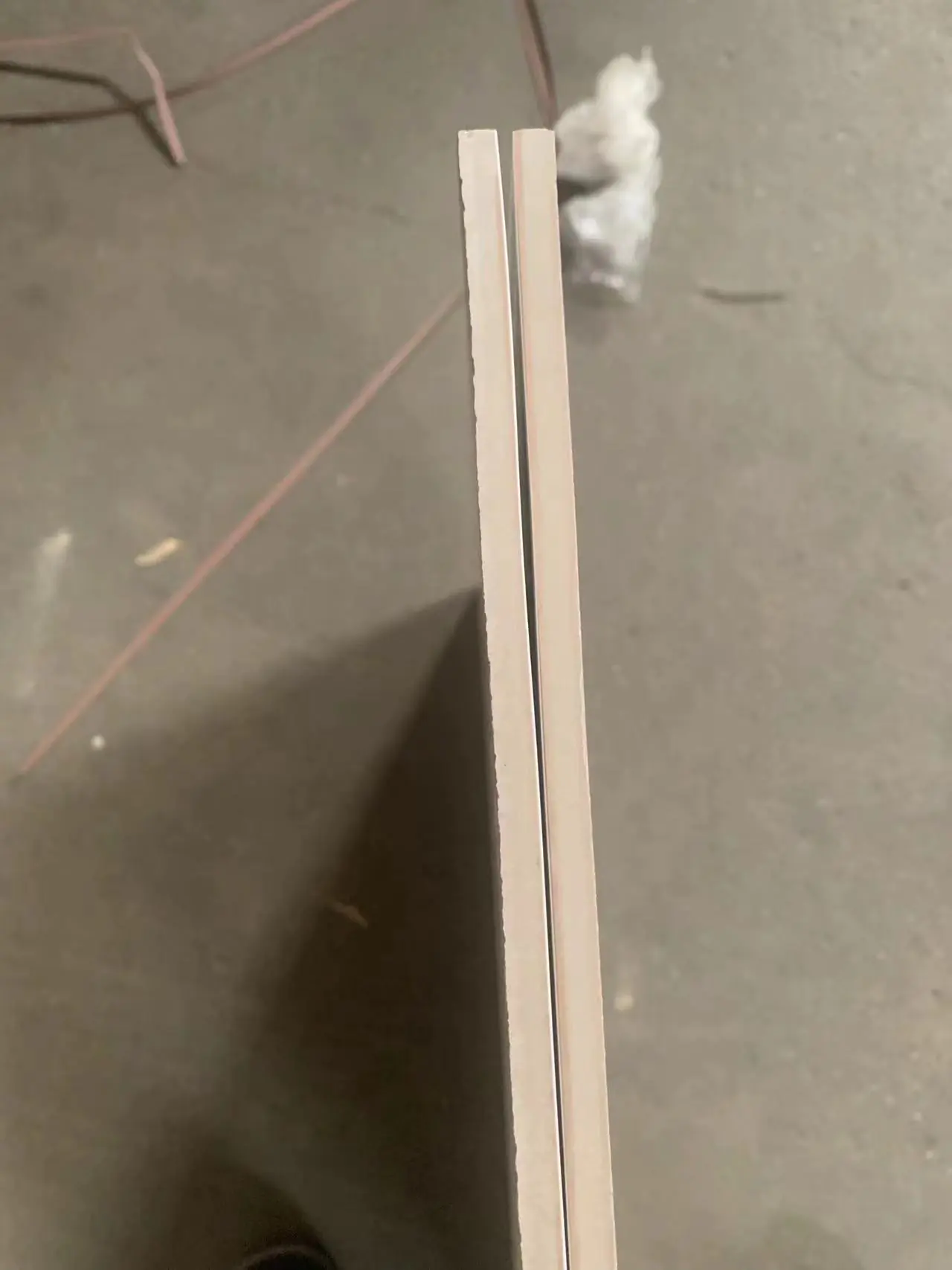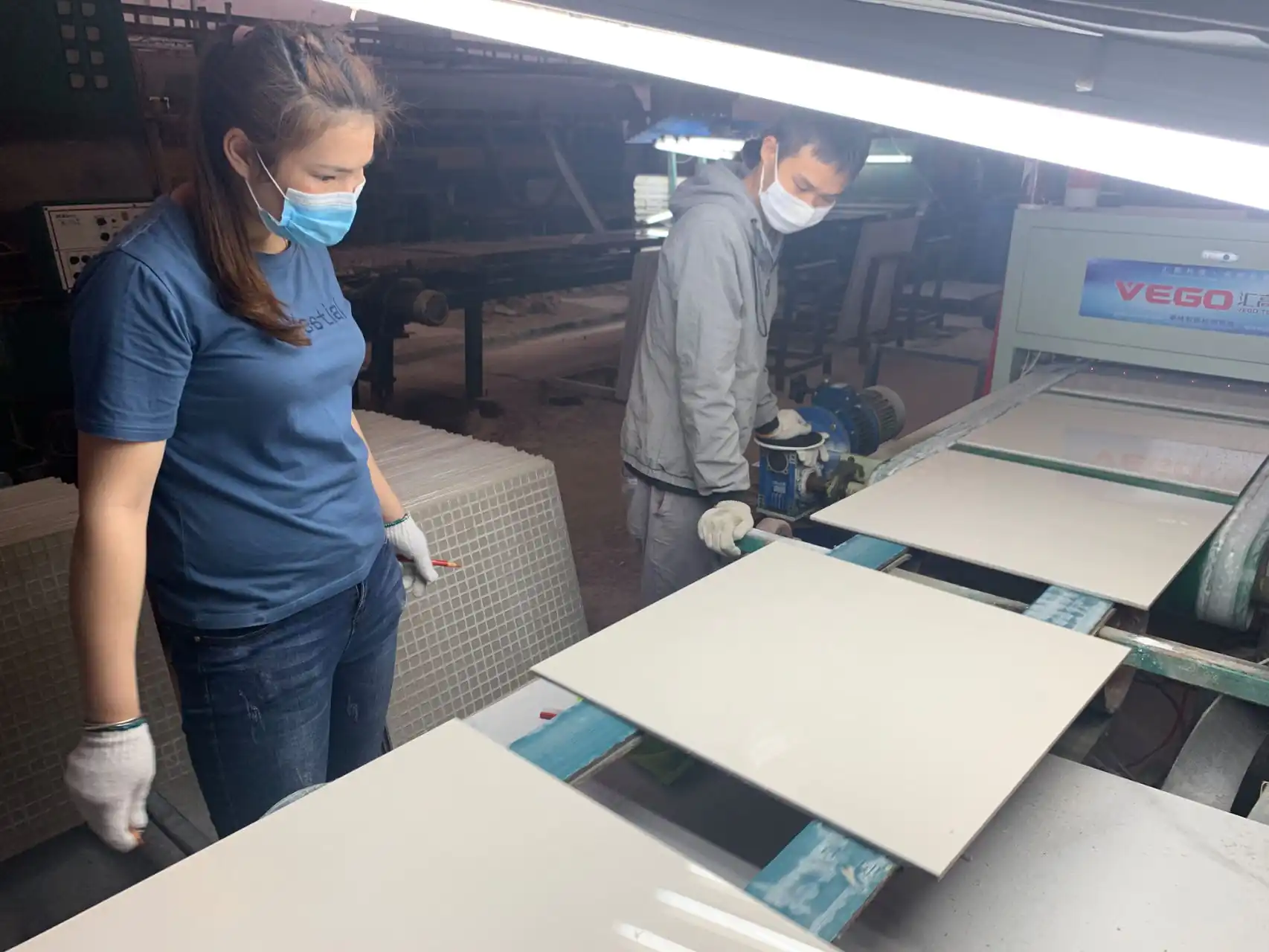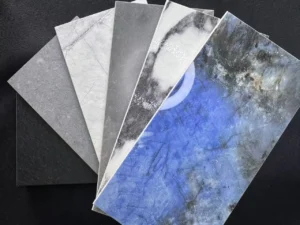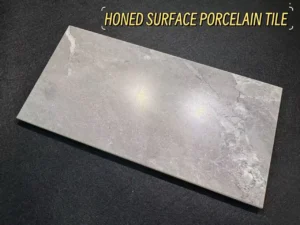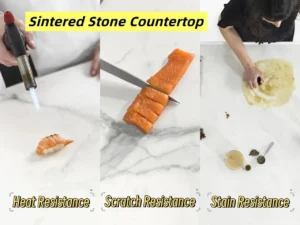I feel overwhelmed when I see so many tile options. I want a reliable way to judge quality and avoid mistakes.
A good porcelain tile should have consistent dimensions, proper surface finish, and durable strength1 . These factors confirm higher quality.
I remember my first bad batch. I learned the hard way that testing is key. Now I want to share how I verify porcelain tile quality.
What are the key features of high-quality porcelain tiles?
I notice certain features that always indicate good tiles. I use these criteria to quickly spot top-quality porcelain products.
High-quality tiles have minimal size deviation, flat surfaces, uniform color, and strong durability. These elements guarantee consistent appearance and performance.
I want to explore these key features in detail. I focus on dimensions, color consistency, and surface finish. I compare real data with standard tolerances. If a tile meets these strict standards2 , it stands out as high quality.
Size and Flatness
I pay attention to size consistency by measuring length, width, and diagonal accuracy. A tile with minimal deviation shows good calibration. I check flatness with a straight edge. If there's a gap, I note potential warping.
Surface and Color
I inspect brightness, glaze quality, and color uniformity. Porcelain tiles often feature a glossy or matte finish. I ensure there are no unwanted specks, black dots, or rough patches. I compare tiles from the same batch to see if any visible color shift occurs.
Strength and Water Absorption
Porcelain tiles are known for low water absorption3 . This factor indicates better durability. I also see if there is any official test report for breaking strength4 . A reliable tile usually has strong load-bearing capacity.
Table: Quick Feature Checklist
| Feature | How I Check |
|---|---|
| Dimension Consistency | Measure length, width, diagonal |
| Flatness | Use straight edge for gap checking |
| Color Uniformity | Compare multiple tiles from same batch |
| Glaze Quality | Look for smooth, even surface |
| Water Absorption | Check official test or certification |
How can I test porcelain tile quality before buying?
I worry that buying without testing leads to surprises. I prefer practical ways to confirm quality before placing large orders.
I examine samples, measure dimensions, and assess color consistency. I also request third-party inspection or supplier’s official test reports.
I discovered that many foreign B2B buyers cannot always visit factories for onsite inspections. I face the same challenge. I solve it by requesting detailed inspection reports from suppliers or third-party agencies.
Requesting Samples
I first ask for several samples from the exact production batch. I measure each tile’s length and width with a ruler or caliper. I place a straight edge on the surface to ensure flatness. If I see major gaps, I grow cautious.
Checking Color and Surface
I compare each sample side by side. I check for color variation, surface scratches, or random black spots. I also rub the surface with a cloth to test possible staining5 .
Third-Party Inspection
I realize many buyers, like my friend Victor in Indonesia, cannot travel frequently. I suggest he hire certified third-party inspectors6 . They examine production lines, conduct random sampling, and issue detailed reports. Suppliers that are transparent with their quality data show more credibility.
Table: Practical Testing Methods
| Test Method | Purpose |
|---|---|
| Sample Review | Check color, flatness, size |
| Surface Rubbing | Assess scratch and stain resistance |
| Third-Party Inspection | Independent quality confirmation |
| Supplier’s Internal QC | Supplier-provided test data |
What visual signs indicate a poor-quality tile?
I have seen poorly made tiles that fail quickly. I learned to spot these visual indicators before I commit to a large purchase.
Visible cracks, major color deviations, large chips, or inconsistent gloss often signify poor-quality tiles. I avoid such products immediately.
I recall once discovering an entire shipment with uneven glaze and visible black spots. The client refused to accept them. I realized visual inspection is vital.
Cracks and Chips
I closely examine edges. If I see chipped corners or micro-cracks on the surface, I suspect poor manufacturing. I also check the tile’s corners to ensure they are precise.
Uneven Glaze and Black Spots
Some tiles show random black dots, or they have blotchy glaze coverage7 . This flaw might affect the aesthetic appeal. In bright gloss tiles, any noticeable swirl or haze on the surface suggests low-quality polishing.
Color Mismatch
I compare multiple tiles from the same batch. When the difference in shade is obvious, it signals inconsistent production. Small variations are acceptable, but strong mismatches ruin the overall effect.
Surface Imperfections
I look for holes, small pits, or tiny air pockets (often called pinholes). These flaws can weaken tile structure or trap dirt, leading to staining.
Table: Common Visual Defects
| Defect | Likely Cause |
|---|---|
| Chips and Cracks | Poor handling or firing issues |
| Black Spots | Contaminated raw materials |
| Glaze Irregularities | Uneven coating or polishing |
| Color Variations | Inconsistent pigmentation |
| Pinholes/Holes | Improper firing or raw mix |
What mistakes should professional buyers avoid when sourcing tiles?
I know how painful it is to lose money on a bad batch. I collected lessons from my own mistakes to share with fellow buyers.
Professional buyers should avoid ignoring supplier checks, skipping lab tests, and relying on vague agreements. Better planning prevents costly errors.
I believe experienced buyers learn to negotiate strict quality standards in their contracts. Yet I see some repeating the same pitfalls, especially in rush situations.
Skipping Written Specifications
I found that unclear specs create confusion. When buyers do not specify dimension tolerances, color codes, or thickness requirements, suppliers might deliver subpar tiles. I always write down my demands.
Overlooking Production Schedules
Delayed shipments can ruin sales seasons. I verify the factory’s capacity and ask for a clear timeline. I confirm they can handle urgent orders. If not, I look elsewhere.
Failing to Do Final Inspections
Some buyers skip final checks, especially if they trust a supplier. I suggest at least a random check by a third-party agent. This step helps catch last-minute flaws.
Accepting Fake Certificates
I noticed some suppliers present falsified certificates. I now verify authenticity directly with certification bodies. A legit supplier shares genuine documentation and welcomes verification.
Table: Mistakes and Consequences
| Mistake | Consequence |
|---|---|
| No Written Specs | Unclear results, subpar quality |
| Ignoring Production Timeline | Delays, missed selling season |
| No Final Inspection | Potential shipment defects |
| Accepting Fake Certificates | Legal risks, poor credibility |
Conclusion
I believe smart testing, thorough inspection, and clear communication help me identify truly good porcelain tiles.
-
Learn the measurable standards that define tile quality before purchasing. ↩
-
Discover global benchmarks used to evaluate porcelain tile quality. ↩
-
Understand how water resistance affects tile performance and longevity. ↩
-
Check how breaking strength is tested and why it matters in real-world use. ↩
-
Learn practical ways to assess how stain-proof a tile’s surface is. ↩
-
Get tips on ensuring tile quality with independent inspection services. ↩
-
Identify visual flaws and what they reveal about tile manufacturing problems. ↩

